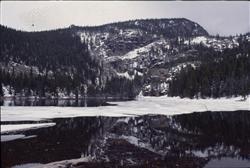
Study Earth Science
Gain a fascinating understanding of the world around you. Learn about the complex and dynamic forces that shape the Earth and the environment we live in at your own pace by distance education.
Earth Science develops an ability to identify and describe the Earth, its structure and explain processes that affect change in the structure and composition of the earth. Learn about rocks and minerals, meteorology, global weather patterns, the oceans, surface chances (e.g. earthquakes and volcanoes), geological time and more.
Graduate John Maher says "I found the assignments very informative and was set out very well." This made it much easier for John to understand in comparison to his previous studies.
"Thanks very much for your help and I will go back to you guys for further study anytime."